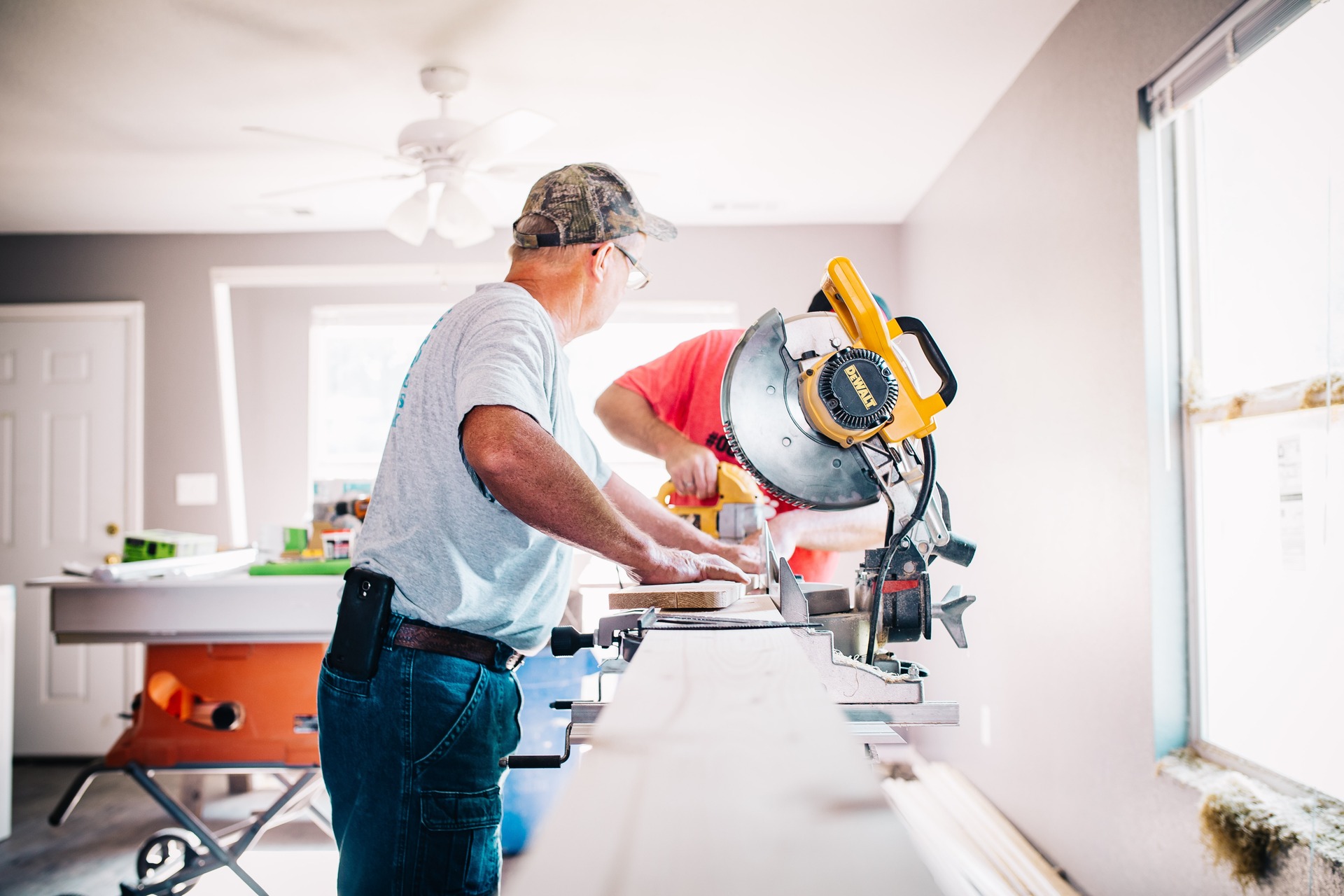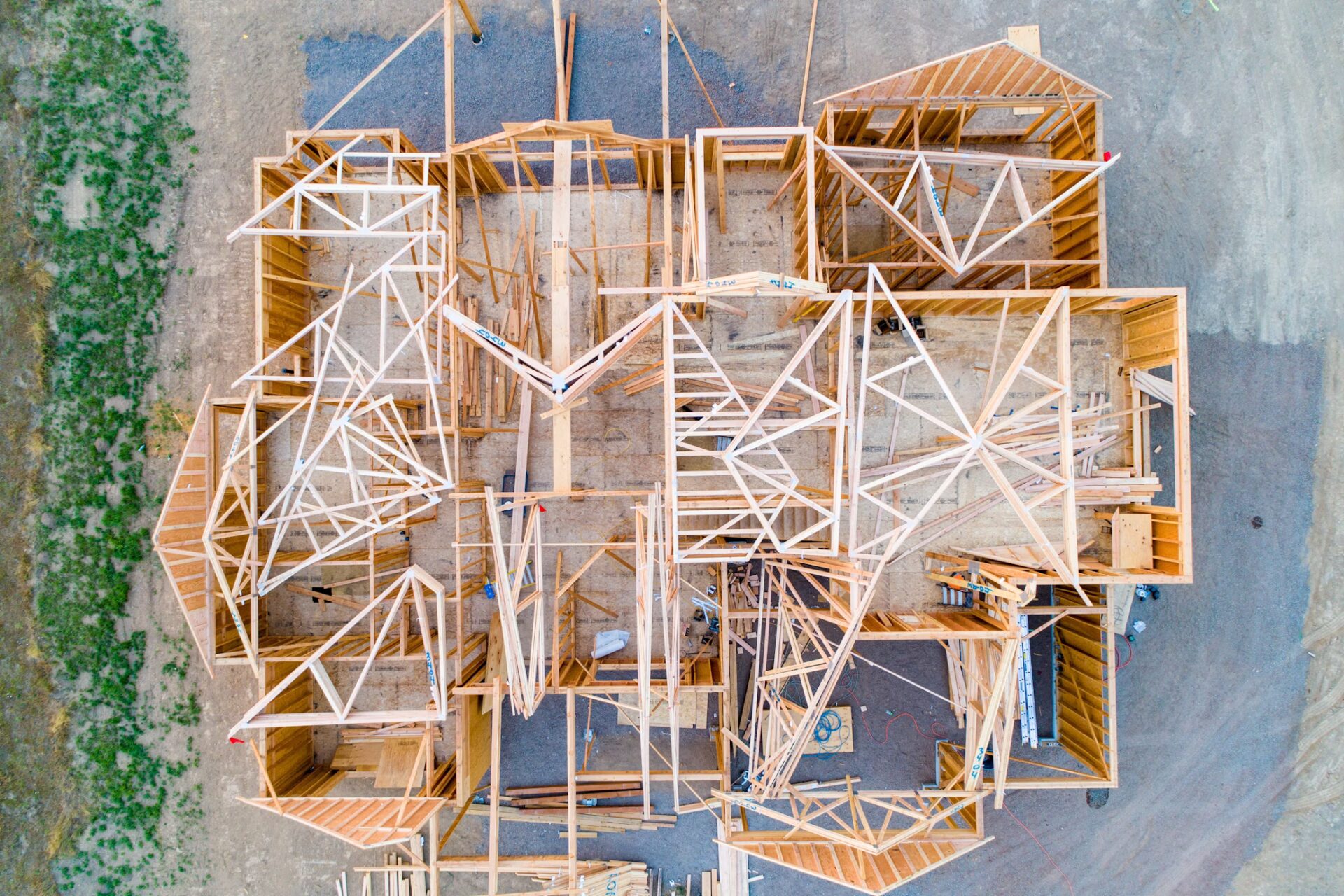
Hurricane-Proof Homes: 10 Easy DIY Upgrades
November 28, 2023 - Emily Newton
Revolutionized is reader-supported. When you buy through links on our site, we may earn an affiliate commission. Learn more here.
Understanding the importance of hurricane-proof homes is crucial for anyone living in areas susceptible to these destructive natural events. They can cause severe damage to property and loss of life.
DIY upgrades for hurricane-proofing is an innovative approach that aligns well with the interests of those captivated by technology. These upgrades harness modern building techniques that are technologically advanced and cost-effective.
1. Reinforce Windows
Windows are particularly vulnerable during hurricanes due to the high winds and flying debris of such storms. In 2021, the average wind speed of hurricanes was at least 74 miles per hour, with some storms reaching much higher rates.
When windows break, the wind can enter the home, leading to a dangerous increase in internal pressure. It can cause further damage and result in roof failure. One effective DIY method to hurricane-proof homes is to reinforce windows by installing storm shutters.
They are a protective barrier against high winds and flying objects, and they come in various types, such as accordion, Bahama and roll-down shutters. Plywood can be a temporary but effective solution for those on a budget. Using at least five-eighth-inch thick marine plywood is vital and secure it tightly to the window frames.
2. Secure Outdoor Items
Outdoor items can quickly become dangerous projectiles during a hurricane due to the high winds and turbulent conditions. Everyday items that can turn into hazards include:
- Patio furniture: Strong winds can lift and throw lightweight chairs and tables.
- Planters: Ceramic or plastic plant pots can break and become flying debris.
- Lawn decor: Garden gnomes, bird feeders and other ornaments can become airborne and cause damage.
- Trash cans: Light, unanchored trash cans can be rolled or lifted, scattering waste and posing a hazard.
- Garden tools: Unsecured rakes, shovels and other tools can become dangerous in high winds.
Securing these items is essential to minimizing risks during a hurricane and protecting the property and the community’s safety.
3. Upgrade the Garage Door
A weak garage door can easily succumb to high winds, creating a point of entry for wind pressure to build up inside the house. This increased pressure can lead to significant structural damage, including lifting the roof or collapsing walls.
On average, up to 30,000 people sustain injuries from garage door accidents. One effective method for hurricane-proof homes is installing a bracing kit, which adds horizontal and vertical supports to the door, fortifying it against wind pressure.
Another approach is to attack plywood panels inside the garage door, offering an extra layer of protection. If comfortable with essential tools, homeowners can replace weaker components like hinges, rollers or tracks with heavier-duty options to enhance durability.
4. Install Hurricane Straps
Hurricane straps or roof tie-downs are metal connectors that fortify the connection between a home’s roof and its walls. Strengthening this link prevents strong winds from lifting it during a hurricane.
Installing hurricane straps is a straightforward DIY project that typically requires tools like a drill, screws and a ladder. Locate the trusses or rafters where the roof joins the walls. The straps will go over these points, connecting them to the wall. Using a drill, securely fasten the belts with heavy-duty screws, ensuring they’re tightly attached to the roof and the wall framing.
5. Seal Exterior Openings
Openings in the siding or the foundation can let in water and wind, potentially causing internal damage and increasing the risk of structural failure. Hurricane Ida cost $75 million in damages in 2021. Also, gaps can compromise a home’s thermal insulation, increasing energy costs.
Various sealants suitable for hurricane-proof homes include silicone, polyurethane and acrylic-based products. Silicone sealants are weather-resistant and work well on multiple surfaces, while polyurethane offers strong adhesion and flexibility. Acrylic-based sealants are often paintable but may not provide the same level of durability as other types.
6. Install a Backup Generator
Loss of electricity can compromise safety and comfort, affecting everything from lighting to heating and refrigeration. Communication devices might fail without power, and medical equipment could become inoperable, posing severe risks.
Consider power output, fuel type, and run-time when choosing a generator. Portable generators are more accessible to set up but may offer less power, while standby generators can provide a higher output but require professional installation.
Look for generators with enough wattage to cover essential needs like lighting, refrigeration and charging devices. Ensure also to consider fuel efficiency and the availability of the fuel type, be it gasoline, diesel or propane.
7. Add Wind-Resistant Siding
Wind-resistant siding can withstand intense pressure and flying debris, which helps preserve a building’s structural integrity. For those interested in hurricane-proof homes, the following steps outline the process:
- Choose material: Opt for wind-resistant materials like fiber-cement, engineered wood or high-grade vinyl. Ensure the chosen material meets local building codes for wind resistance.
- Prep the walls: Install a weather-resistant barrier, like house wrap, over the wall sheathing to protect against moisture and wind.
- Install siding: starting at the bottom, attach the siding panels, ensuring they’re level and secure. Using corrosion-resistant nails or screws is advisable.
- Seal joints: Apply sealant at all joints and openings to prevent water and wind from penetrating.
- Inspect and test: Once installation is complete, inspect the siding thoroughly. Perform a wind test, if possible, to ensure it’s securely attached.
8. Use Lightweight Insulation
It’s highly effective in trapping heat during colder months and keeping interiors cool during hot weather. This type of insulation is beneficial for reducing energy costs, as it minimizes the need for heating and cooling systems to work overtime.
During hurricane season, its ability to regulate indoor temperature is crucial when power outages make HVAC systems inoperable. Moreover, lightweight insulation materials often come with higher wind-resistance ratings, protecting against wind-driven rain and debris.
9. Anchor Heavy Furniture
Items like bookshelves, cabinets and dressers can tip over due to strong winds or minor shifts in the building structure. It can lead to property damage and, more importantly, pose a safety hazard for occupants, including the risk of physical injury.
Furniture straps or cables are one of the most straightforward anchoring techniques for hurricane-proof homes. Attach one end of the strap to the back of the furniture and the other to a wall stud using strong screws or anchors.
Alternatively, homeowners can use L-brackets to connect the top of the furniture to the wall. For items like heavy televisions, anti-tip kits can secure them to a TV stand or wall mount.
10. Upgrade to Impact-Resistant Glass
This type of glass comes in multiple layers, including a plastic interlayer sandwiched between two glass panels. Even if shattered, the plastic coating holds the glass fragments together, preventing dangerous shards from entering the home.
It offers enhanced safety for a home, reducing the likelihood of injuries from shattered glass. Impact-resistant windows also maintain the structural integrity of the building by keeping out wind and debris, which is essential in minimizing hurricane damage.
Securing Hurricane-Proof Homes
Don’t wait for the storm clouds to gather — start on DIY hurricane-proofing projects now. Small changes can make a significant impact, enhancing the home’s safety and structural integrity. So, roll up those sleeves and make homes a storm-proofing success.
Revolutionized is reader-supported. When you buy through links on our site, we may earn an affiliate commission. Learn more here.
Author
Emily Newton
Emily Newton is a technology and industrial journalist and the Editor in Chief of Revolutionized. She manages the sites publishing schedule, SEO optimization and content strategy. Emily enjoys writing and researching articles about how technology is changing every industry. When she isn't working, Emily enjoys playing video games or curling up with a good book.







